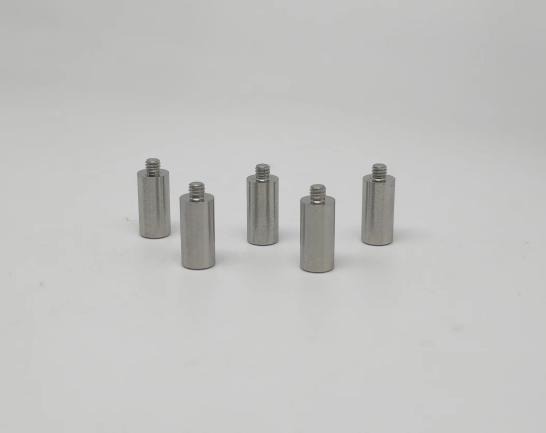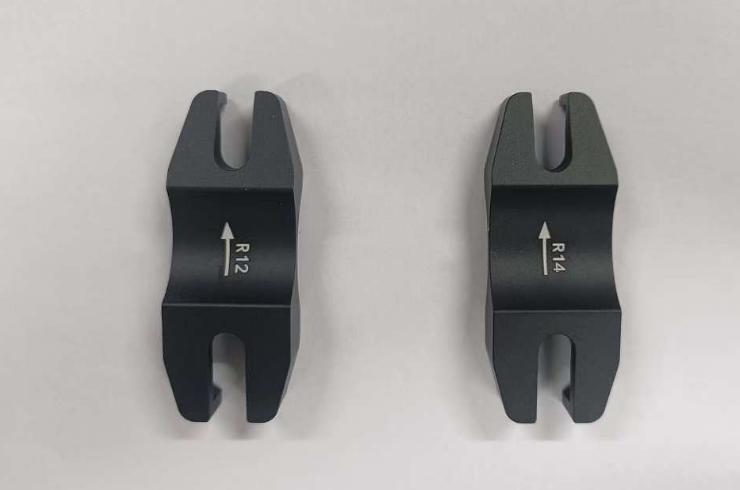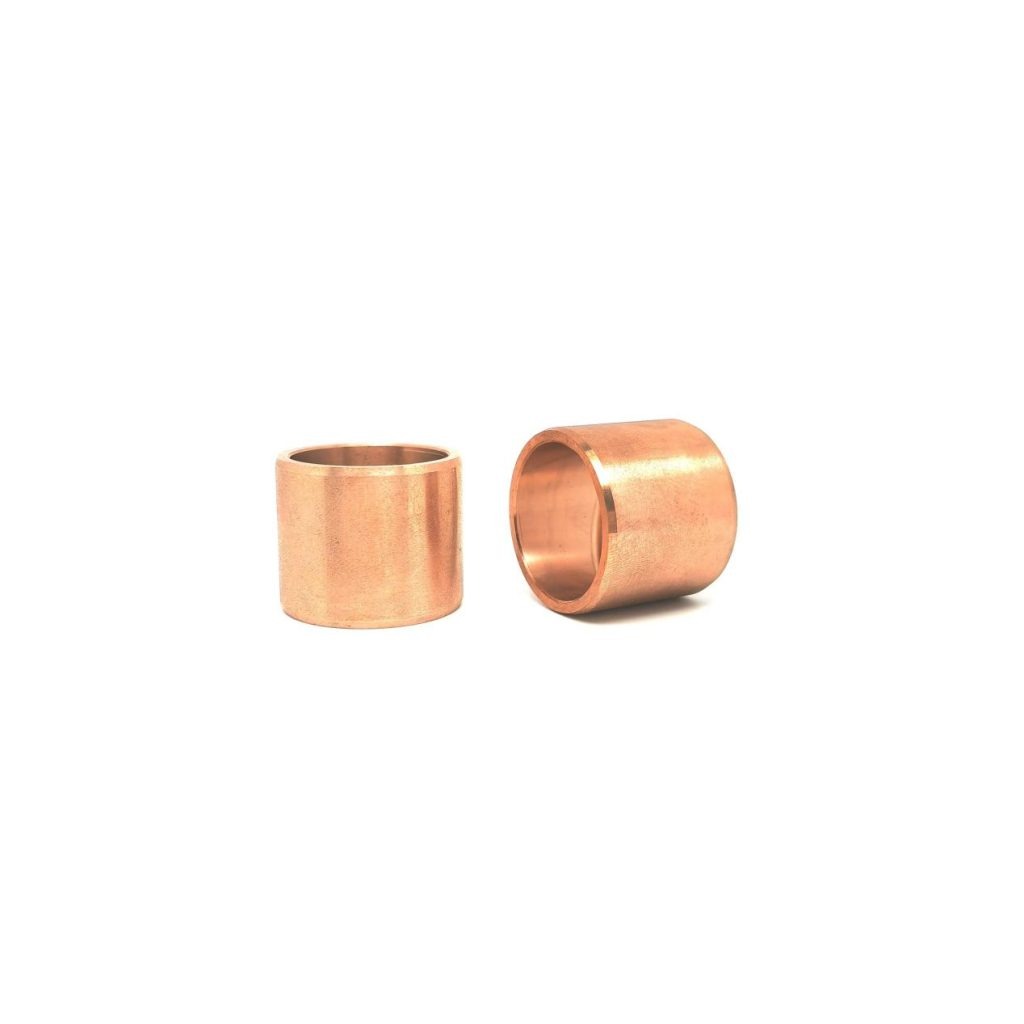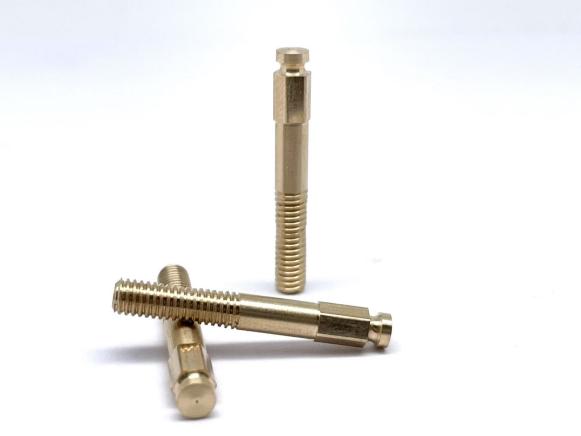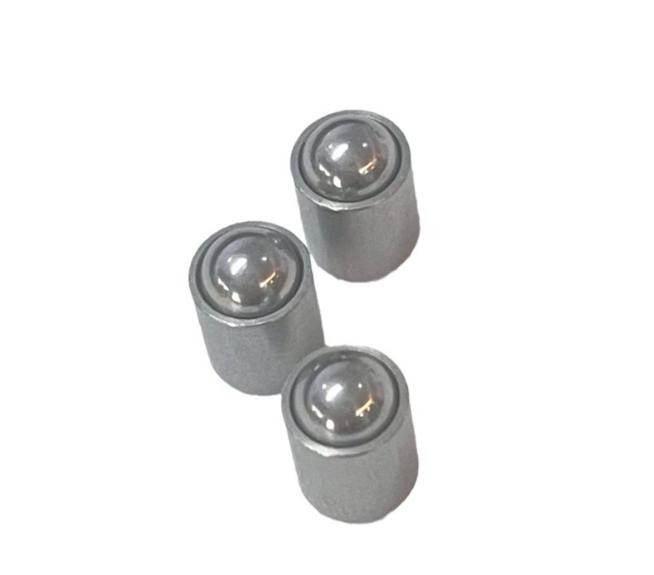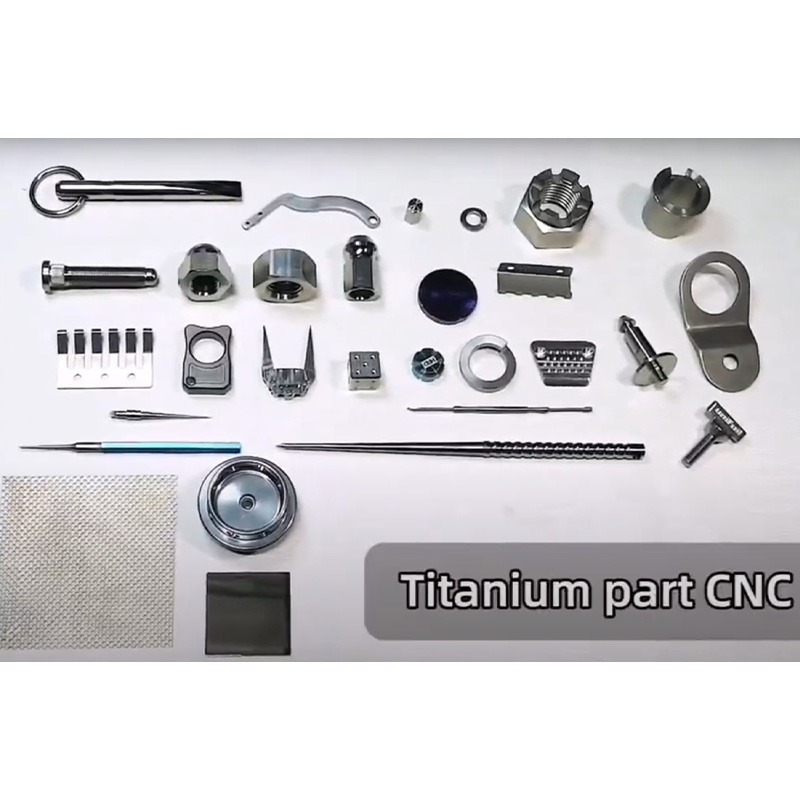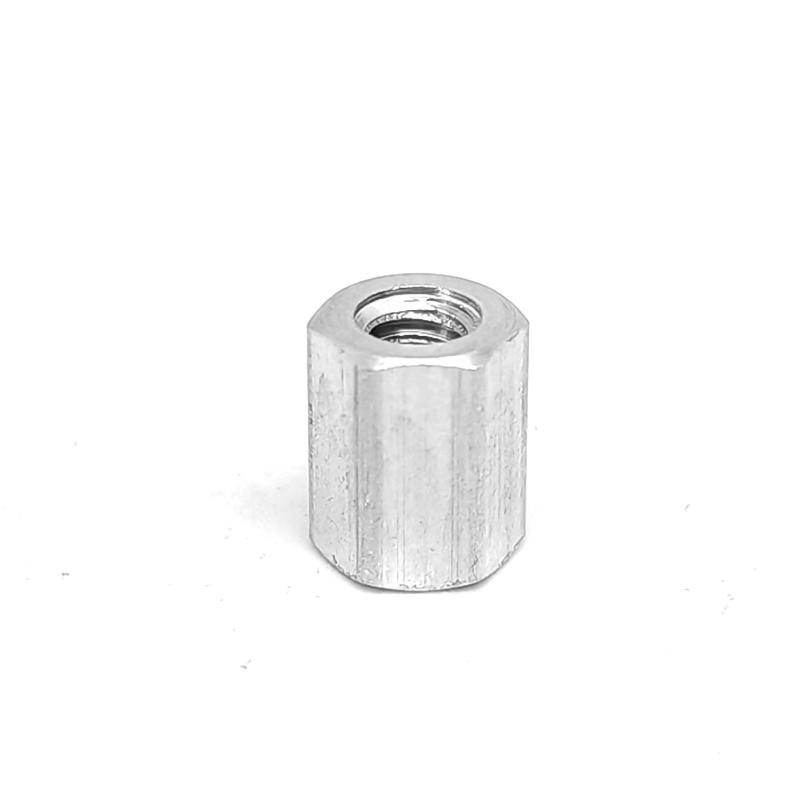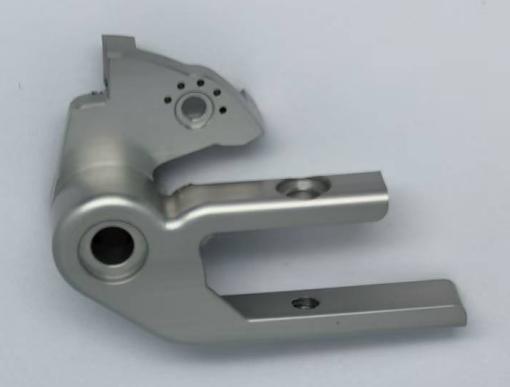The Critical Role of Deep-Hole CNC Drilling in Creating Precise Holes
Industries ranging from aerospace to automotive, from medical to oil and gas, rely on intricate components with deep, precise holes. Deep-hole CNC drilling is a sophisticated CNC machining process that embodies precision, efficiency, and versatility. In this article, we delve into the world of deep-hole CNC drilling, uncovering its intricacies, challenges, wide-ranging applications and technical advancements.
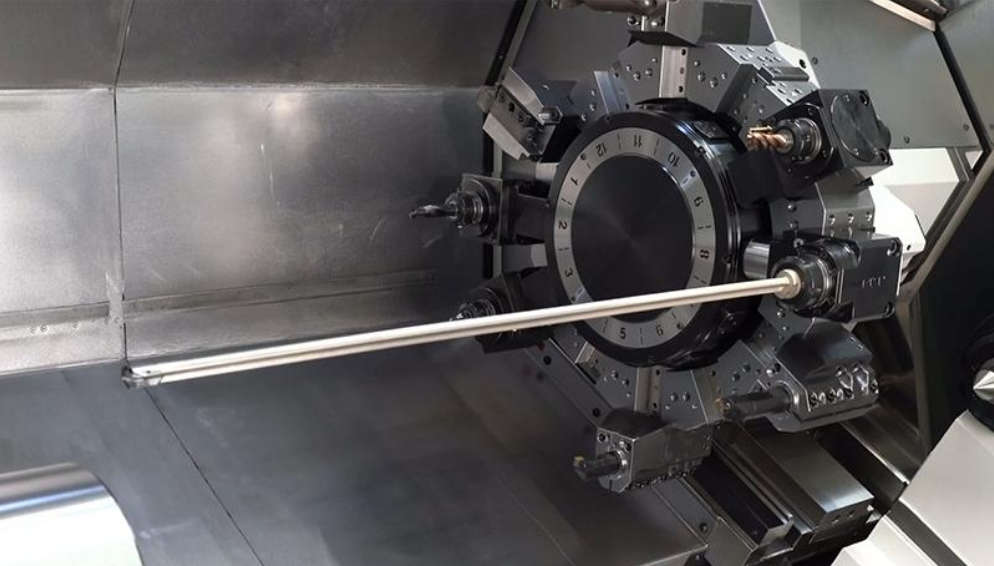
Understanding Deep-Hole CNC Drilling
Deep-hole CNC drilling is a specialized machining technique used to create holes with high depth-to-diameter ratios. These holes, often exceeding ten times their diameter in depth, are crucial components in various industries. CNC machines, equipped with long drills and high-pressure coolant systems, execute precise drilling operations based on programmed instructions. This level of automation ensures accuracy, consistency, and repeatability, essential for meeting stringent manufacturing requirements.
At the heart of deep-hole CNC drilling lies precision. Achieving precise dimensions and tolerances in deep holes is critical for component integrity and functionality. CNC machines offer unparalleled control over drilling parameters such as spindle speed, feed rate, and depth of cut. This precise control, coupled with advanced tooling technologies, enables the creation of deep holes with exceptional accuracy and surface finish.
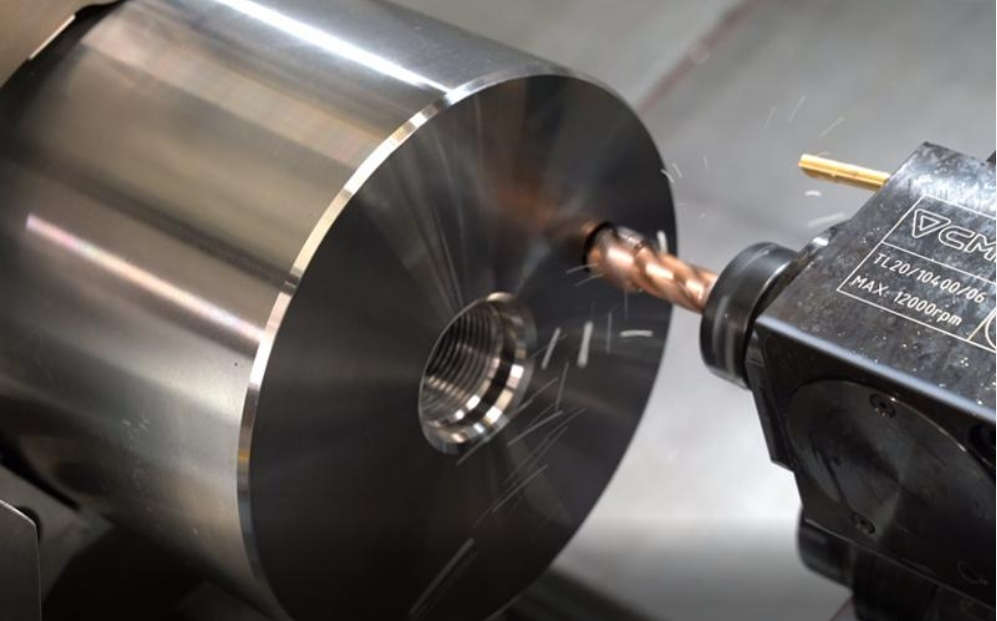
Applications Across Industries of Deep-Hole CNC Drilling
This chart provides a concise overview of the various applications of deep-hole CNC drilling across different industries, highlighting the specific components and systems that benefit from this advanced machining process.
| Industry | Applications |
| Aerospace | Engine Components: Turbine blades, shafts, combustors with precise cooling and lubrication holes.Landing Gear: Robust, lightweight components.Structural Parts: Parts with complex geometries and high strength-to-weight ratios. |
| Automotive | Engine Blocks: Oil and coolant passages for efficient engine performance.Transmission Components: Shafts and gears requiring high-precision holes.Suspension Systems: Components like shock absorbers and steering knuckles for precise alignment. |
| Medical | Surgical Instruments: Cannulas, drills, and endoscopes with precise and sterile channels.Orthopedic Implants: Bone screws and joint replacements with accurate and durable parts.Medical Devices: Catheters and biopsy needles with precise internal pathways. |
| Oil and Gas | Drilling Equipment: Components like drill collars and rotary steerable systems.Valves and Pumps: Flow control components with precise holes.<br>- Pipeline Construction: Durable pipelines and piping systems for fluid transportation. |
| Industrial Machinery | Hydraulic Systems: Cylinders and actuators with precise internal pathways.Heavy Machinery: Components for mining and construction equipment with high durability. Tooling and Molds: Dies, molds, and jigs with complex internal geometries. |
| Renewable Energy | Wind Turbine Components: Shafts and rotors with precise and deep holes.Solar Energy Systems: Frames and mounts with accurate holes for efficient installation. |
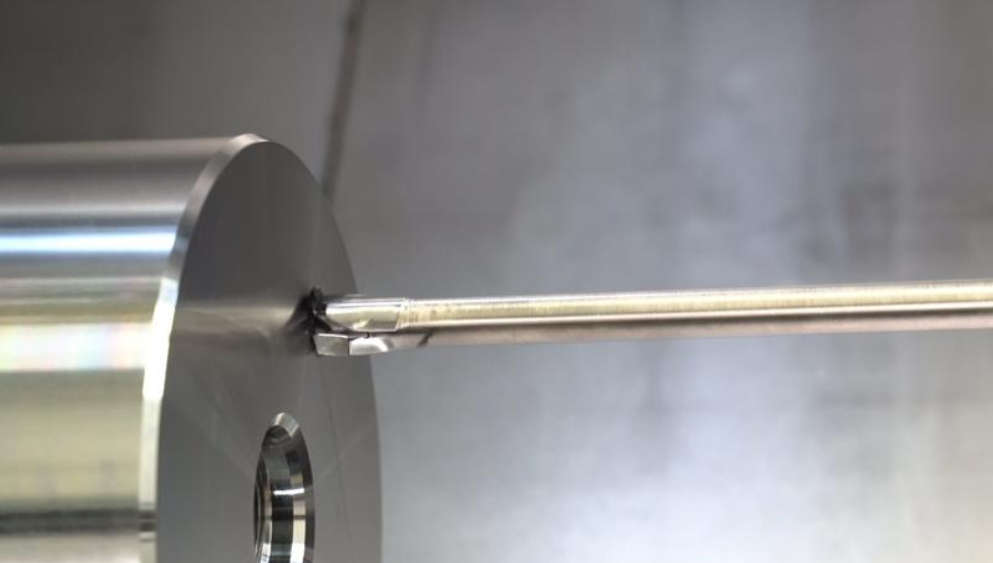
Challenges in Deep-Hole CNC Drilling
1. Chip Evacuation
As the depth of the hole increases, effectively removing chips becomes more difficult. Traditional drilling methods may result in chip congestion, leading to tool damage, poor surface finish, and decreased drilling efficiency.
2. Heat Generation and Management
Deep-hole drilling generates significant heat due to friction between the cutting tool and workpiece material. Excessive heat can cause thermal expansion, tool wear, and dimensional inaccuracies. Managing heat through coolant delivery systems and proper tool selection is critical.
3. Tool Deflection and Breakage
Long, slender drilling tools are prone to deflection and breakage, particularly in deep-hole applications. Maintaining tool rigidity and selecting appropriate tool materials and geometries are essential to minimize deflection and prolong tool life.
4. Workpiece Fixturing
Securing the workpiece during deep-hole drilling is challenging, especially for long, slender components prone to vibration and distortion. Proper fixturing and support structures are necessary to ensure dimensional accuracy and surface finish.
5. Surface Finish and Accuracy
Achieving the desired surface finish and dimensional accuracy in deep-hole drilling is crucial, especially in applications such as aerospace and automotive manufacturing. Controlling cutting parameters, tool selection and machine dynamics are critical factors influencing surface finish and accuracy.
6. Machining Residual Stresses
Deep-hole drilling can induce residual stresses in the workpiece, particularly in materials prone to work hardening or thermal expansion. Understanding and mitigating the effects of residual stresses are essential to prevent part distortion and mechanical failure.
7. Tool Wear and Maintenance
Prolonged drilling operations can lead to tool wear and degradation, reducing machining efficiency and quality. Implementing effective tool monitoring systems and predictive maintenance strategies can help minimize downtime and optimize tool life.
8. Process Stability and Control
Deep-hole drilling processes are susceptible to dynamic instabilities, such as chatter and vibration, which can degrade surface finish and tool life. Implementing advanced control algorithms and vibration damping techniques can improve process stability and productivity.
9. Material Specific Challenges
Different materials pose unique challenges in deep-hole drilling, such as work hardening, abrasive wear, and thermal conductivity. Tailoring cutting parameters, tool materials, and machining strategies to specific material properties is essential for successful drilling operations.
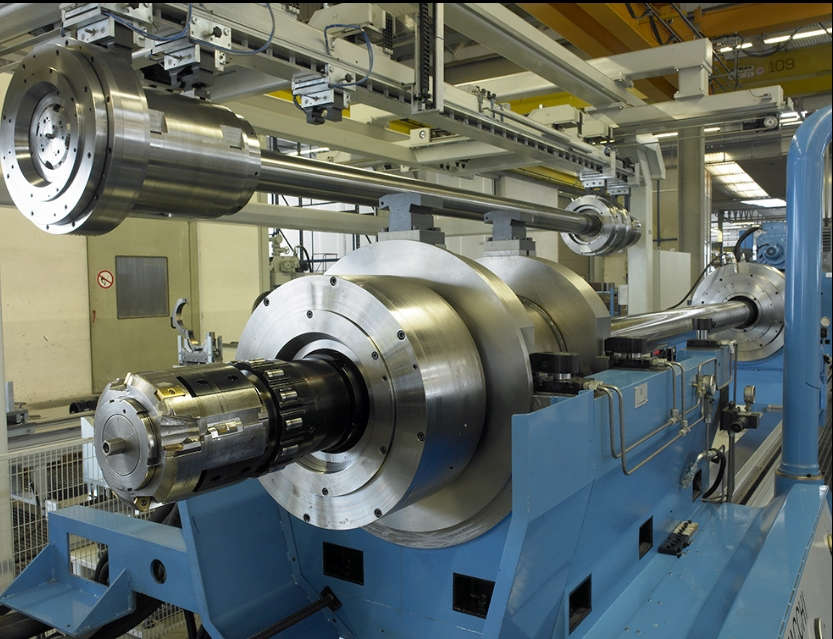
Technological Advancements in Deep-Hole CNC Drilling
Recent technological advancements have significantly enhanced the capabilities, precision, and efficiency of deep-hole CNC drilling.
Enhanced Tooling Technologies
1. Advanced Drill Materials and Coatings
The evolution of drill materials and coatings has dramatically improved deep-hole drilling performance. Carbide drills, known for their durability and hardness, are now commonly used. Moreover, innovative coatings like Titanium Nitride (TiN), Titanium Aluminum Nitride (TiAlN), and Diamond-Like Carbon (DLC) have been developed to reduce friction, increase heat resistance, and extend tool life. These advancements allow higher cutting speeds and feed rates, enhancing overall productivity and precision.
2. Specialized Drill Geometries
Drill geometry plays a crucial role in deep-hole drilling. Modern designs with parabolic flutes and increased helix angles facilitate efficient chip evacuation, reducing the risk of clogging and tool breakage. Additionally, multi-lobed drill points improve centering and reduce thrust forces, contributing to better hole straightness and accuracy.
Advanced CNC Control Systems
1. Adaptive Control and Monitoring
Contemporary CNC machines feature adaptive control systems that continuously monitor real-time drilling conditions and adjust parameters dynamically. Sensors embedded in the drilling apparatus measure cutting forces, vibrations, and temperatures, feeding data back to the CNC system. This real-time adjustment ensures optimal drilling performance, reduces tool wear, and improves hole quality by maintaining consistent cutting conditions.
2. High-Precision Positioning
Advancements in positioning systems, such as linear motors and high-resolution encoders, have significantly enhanced the accuracy and repeatability of CNC machines. These systems ensure precise control of the drill’s path and depth, minimizing deviations and ensuring high-quality hole production even in challenging deep-hole applications.
Innovative Drilling Techniques
1. BTA (Boring and Trepanning Association) Drilling
BTA drilling, also known as ejector drilling, utilizes an internal coolant supply and an internal channel for chip evacuation. This method provides efficient cooling and chip removal, making it ideal for deep-hole applications. Recent advancements in BTA tooling and machine integration have improved its performance, enabling deeper and more precise drilling.
2. Gun Drilling
Gun drilling, known for creating deep, straight holes with high precision, involves a long, slender drill with an internal coolant supply and single flute for chip evacuation. Modern gun drilling machines are equipped with high-pressure coolant systems and advanced guidance mechanisms, ensuring precise and straight drilling even at significant depths.
3. Orbital Drilling
Orbital drilling involves the drill rotating eccentrically around the hole axis, reducing cutting forces and improving chip evacuation. This technique is particularly effective for deep holes in hard materials. Recent advancements have enhanced the precision and flexibility of orbital drilling, allowing for complex hole geometries and superior surface finishes.
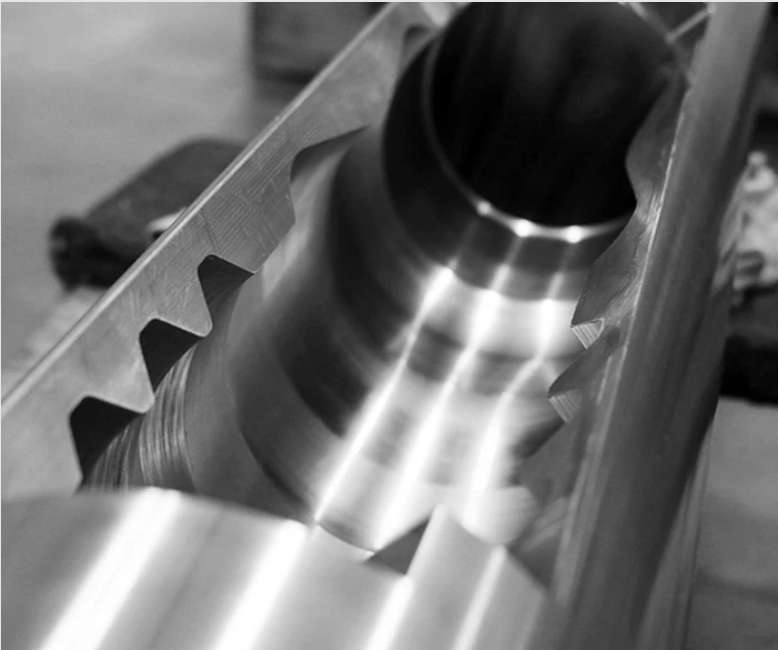
Integration of Smart Technologies
1. Internet of Things (IoT) and Industry 4.0
The adoption of IoT and Industry 4.0 principles in CNC drilling has led to the development of smart machining systems. These systems are interconnected, allowing for real-time data collection and analysis across multiple drilling operations. This data-driven approach enables predictive maintenance, process optimization, and immediate troubleshooting, reducing downtime and improving overall operational efficiency.
2. Artificial Intelligence (AI) and Machine Learning (ML)
AI and ML are transforming deep-hole drilling by analyzing historical and real-time data to predict tool wear, optimize cutting parameters, and improve decision-making processes. These technologies enable CNC machines to learn from previous operations and continually refine their performance, resulting in higher precision, reduced scrap rates, and extended tool life.
Conclusion
Deep-hole CNC drilling represents the pinnacle of precision machining, with its ability to create deep, accurate holes in a wide range of materials. Advanced CNC technologies, specialized tooling, and innovative cooling systems have significantly improved the efficiency, accuracy, and capabilities of deep-hole drilling operations. While challenges such as chip evacuation, heat generation, and tool deflection exist, innovative technologies and techniques have been developed to overcome them. As machining technology continues to advance, deep-hole CNC drilling will remain a key solution for meeting the evolving demands of modern manufacturing.

